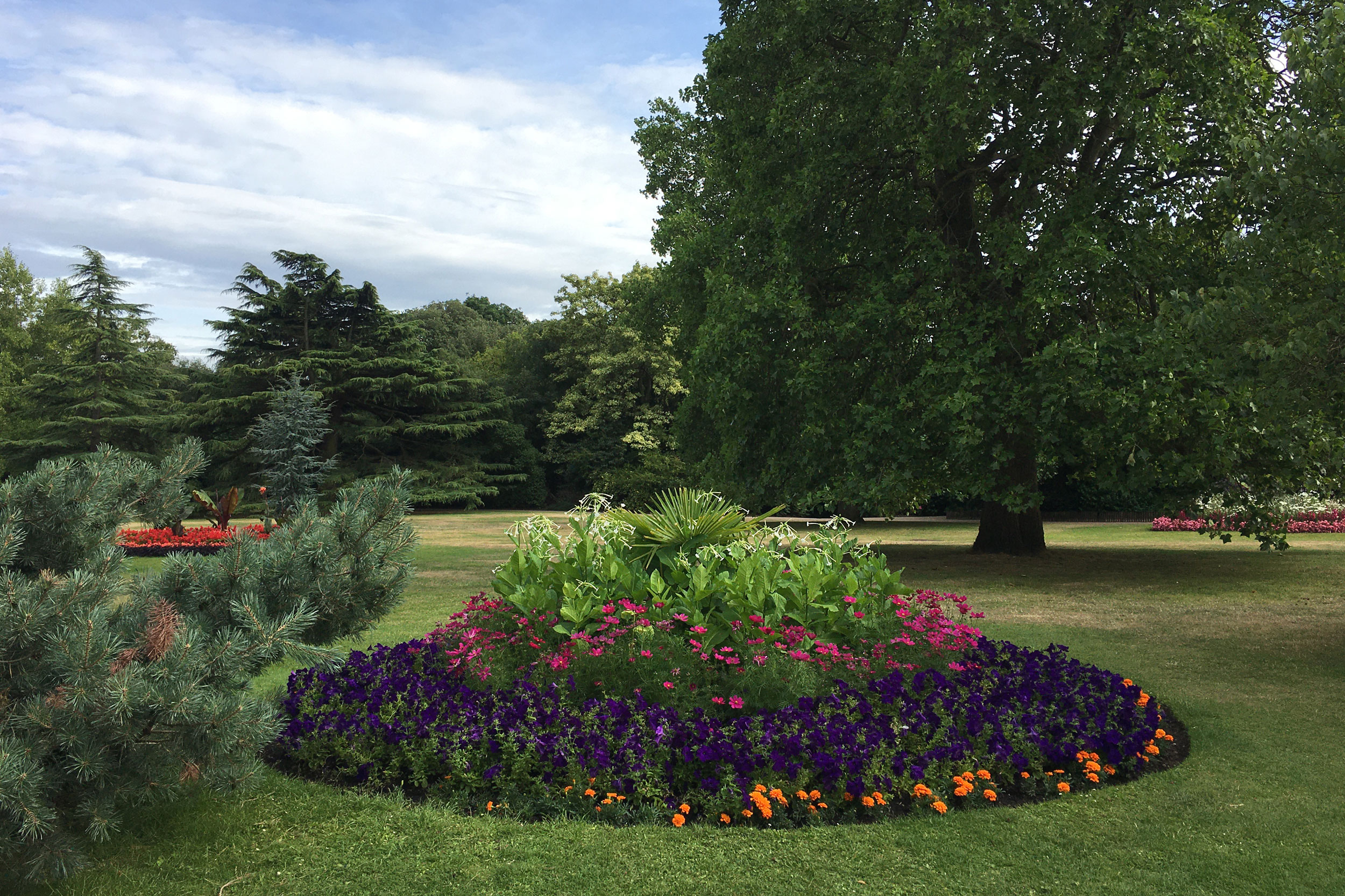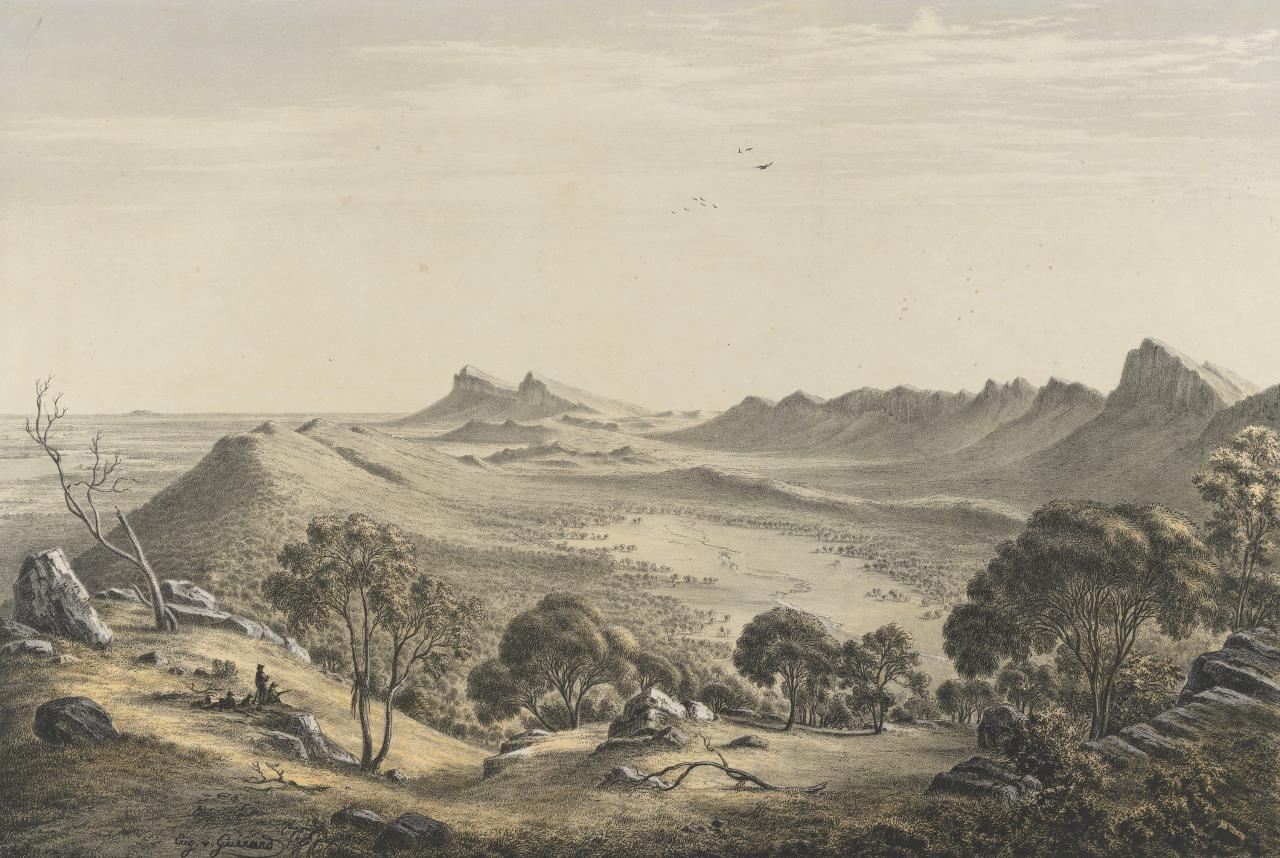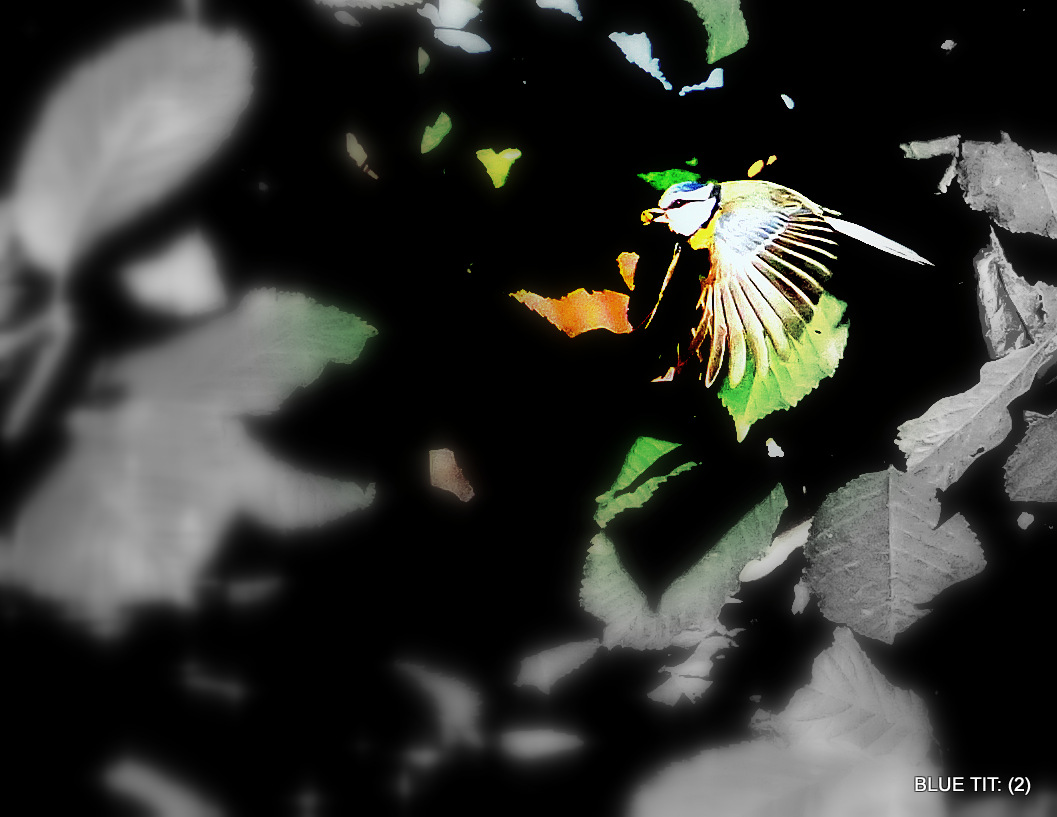Editor’s Note: This essay was written during a summer of design thinking and iterating for Toolshed’s garden in Hudson, New York. That period of design and community response to it within Hudson will be covered in another essay.
What is the sound of silence?
At first, the phrase “sound of silence” seems like such a fanciful contradiction that it couldn’t be true beyond the poeticism of a Simon & Garfunkel ballad. Yet something changed—switched on, perhaps—in those of us caught in the mixed blessing/curse of lockdown during the first wave of 2020’s COVID-19 pandemic. Somehow, amid death and chaos and fear and uncertainty, unable to leave our homes for months on end save for a harried trip to the grocery store, one small and fortunate segment of humanity awakened to forgotten dimensions of the world, transformed as if by Magic.
Without the incessant droning, honking, and clanging of airplanes, commuter cars, and construction, other sounds rose to the fore of our consciousness. We realized that, just as space isn’t really the absence of substance,1 silence isn’t really the absence of sound. Silence can actually be quite loud, and absolutely full of birds.
Birdsong changed us. We heard the birds through our open windows, in our backyards and gardens, and from our balconies and stoops. Around the world, scientists mapped the dawn chorus. In London, lockdown birdsong inspired wartime epics filmed at home. In France, the call of the birds led voters to effect a Green Party surge. Alongside healthcare and other essential workers, birds emerged as the widely-sung heroes of lockdown. And, as lockdown regulations eased, many humans followed the birds, like so many multiracial Alices and Snow Whites, into wonderlands of public parks and gardens.
Alongside healthcare and other essential workers, birds emerged as the widely-sung heroes of lockdown.
Because we were restricted from nonessential travel, the local gained new prominence, and with it new majesty. Public parks and gardens, which so many of us had taken for granted or omitted from our overscheduled lives, unexpectedly became like second homes. Whether large or small, humble or extravagant, they provided entertainment, fitness and social space, and a more existential salvo to soothe our spiking anxiety. For many, they offered an unremembered freedom, in spite of our confinement. Some dug hands into soil to cultivate food or flowers; others stretched out on green earth and relaxed their gazes to the sky. We shared patches of sunlight and tree-leaf shadow with other-than-human critters and watched worlds open with the optimism of life’s unfolding. We realized that we need this sun, we need this bit of Earth. We always have. How, we started to ask ourselves, had we forgotten?
It wasn’t as though we hadn’t already been told that green space is therapeutic or that birdsong produces a “natural high.” It was just that other things—overtime work and hyper-production, late-capitalist over-development and frenzied consumption—had largely taken priority. Once we were denied these things, denied even the humble pleasure of human contact, we realized that our human-centric existence is deeply impoverished, regardless of its material luxury. So why are our cities not grand mosaics of parks and gardens? Why is all the world not a garden?
Originally from New Orleans, I moved to London two years ago for graduate school and was immediately enchanted by the city’s embrace of nature. London is a city with eight million trees, approximately one for each resident. Apparently, 47% of London is green space. In Deptford, the largely working-class, majority-immigrant neighborhood where I live, I was pleased to see folks of all ages and ethnicities enjoying local parks which, while nowhere near as lush as elite spaces like Hyde Park, are nevertheless abundant and accessible.
Why is all the world not a garden?
But I spent my late teens and early twenties in New York City, the “concrete jungle.” It was there, living in a majority-Black, working-class neighborhood in North Bed-Stuy, on a block without a single tree, without even the humblest community garden or pocket park, that I started to wonder what happens to a human being confined to a world of grey. Billionaire Mike Bloomberg, then mayor of New York, promised to plant one million trees across the city’s five boroughs. Residents could submit an application to the city, requesting a “free tree.” I applied in 2012 by answering such baffling questions as: “why do you want a tree?” Deprivation takes many forms; we should add access to more-than-human nature to the long list of basic human rights we need to fight for in the US.
Even when it exists, all green space is not created equal. The need for green isn’t simply to do with the color. The medicine of nature, the Magic of gardens, stems from biodiversity—from vitality, abundance, and interspecies interdependency. An over-tended park has little medicine left to give. An American lawn is a poisonous field. And for many of us, the Magic of public parks and gardens is tempered by the curse of anti-Black racism.
There is increasing awareness that economic disparity, racial violence, and ecological degradation are intersectional issues. They stem from the same value system that sees the world as raw material for the extraction of resources, labor, and profit. What Naomi Klein calls Extractivism2 drains Magic out of the world. According to the United Nations, we are living through an unprecedented global decline in biodiversity. The pressures of human development increase the frequency of animal-human viral transmission and thus the possibility of pandemics like COVID-19. To some humans, the birds of lockdown seemed to rejoice at the sudden halt in our frenetic movement; their heightened presence, along with the return of other wild species, was yet another indication that the world would be better off without humans.
Yet the birds have always rejoiced for life, whether we could hear them or not. Others, recognizing this, heard lockdown birdsong slightly differently, as a message: that we share our cities with nonhuman species and that when we do so generously, human life is not merely sustained, but enhanced and enchanted.

As I lay in a public English garden writing this article beneath a walnut tree and asked myself, why is all the world not a garden, I did so somewhat polemically, yet not unseriously. Western history continues to maintain the colonial-era myth of the “state of nature,” which says that, until the advent of colonialism a few centuries ago, all the world beyond Eurasia was undeveloped wilderness and all of its humanity were wandering hunter-gatherers who could barely scrape together enough to subsist. Gratefully for us all, this myth is gradually being revealed as a dangerous lie. Humans have terraformed and cultivated the Earth for tens of thousands of years—just not according to extractive logics of enclosure and exclusion.
In his book, The Biggest Estate on Earth, Bill Gammage uses primary documents from the era of Australia’s colonial conquest to reveal the brilliance of Aboriginal land management practices, which applied technologies of precision fire-management and knowledge of fire-dependent plants to turn the entire continent into a mosaic of gardens. Upon arrival, English colonizers repeatedly compared parts of Australia to “gentleman’s parks” —the exclusive domains of English noblemen, notable for their ornament, taste, and beauty—or to then-rare public green spaces like Hyde Park. And yet, despite their ostensible aesthetic similarities, Aboriginal gardens sprung from at least one fundamental point of departure from English gentleman’s parks: rather than abolish wilderness, they cultivated garden corridors through it. Aboriginal cultivation practices followed three ecological principles, rather than simply the sole pleasure principle: “Ensure that all life flourishes. Make plants and animals abundant, convenient, and predictable. Think universal, act local.”3 These ecological principles were themselves grounded in a notion of kinship beyond nuclear family and social class, and even beyond humanity.

The colonists could not imagine how nature could have generated such a “civilized” land, yet their racism and classism prevented them from arriving at the obvious anthropogenic explanation, which, Gammage notes, would position the Aborigines as equals of the English gentry. In dispossessing, marginalizing, and forcibly assimilating the creators of these lush grounds, the colonists had no way of maintaining them. Today, lands which for millenia provided their native people with not just sustainability, but abundance, have returned to wild bush; Australia is gravely impoverished by relentless wildfire and species extinction, even as its now-dominant settler-colonial society has accumulated “financial wealth.”
The story is repeated again and again in other corners of the world. In her book Braiding Sweetgrass, Anishinabekwe ecologist Robin Wall Kimmerer offers to her readers the “Original Instructions,” the guiding ecological philosophy of the Indigenous nations of the Great Lakes region of Turtle Island (aka “Midwestern North America”). In their origin story, Skywoman fell to Earth with a handful of seeds; in collaboration with many species of animals, she danced land into formation and sowed the seeds of a garden that spanned the Earth. And in Octavia Butler’s prophetic novel Parable of the Sower, Lauren Olamina, the young, Black protagonist, uncovers the ecophilosophy of Earthseed by studying Indigenous cultivation, working a garden plot, and making Kin amid the ashes of US American society. Earthseed lays the eco-cultural groundwork that eventually lifts a downcast humanity to new life among the stars.
Yet European cultures also have deep roots embedded in notions of ecological kinship.4 For those of us in the Northern Hemisphere, lockdown coincided with Spring, a season long associated with magic and witchcraft—which is simply to say: ritual kinship with the world in a state of emergence and transformation. What better time to reacquaint ourselves with our more-than-human Kin? Perhaps this kinship, which is sensible in the care exchanged in the collaboration between gardener and Earth, between a garden and its human and other-than-human admirers, is the key ingredient of Garden Magic.
Gardens are gifts of and lessons in the ancient wisdom of abundance. They teach us that true silence, utter stillness, would signify the death of all. They remind us that our participation in expanding the joy of existence is sheer Magic. If more of us listen to the birds and accept the garden’s lessons, if all of us transform our extractive societies, we could very well return the world to a mosaic of garden wonderlands.
Consider: Whether you’re a human being, an insect, a microbe, or a stone, this verse is true.
All that you touch
You Change.All that you Change
Changes you.The only lasting truth
Is Change.God
Octavia E. Butler, Parable of the Sower
Is Change.
Notes
| ↑1 | Recognizing the existence of dark energy and dark matter has made us realize that space is not empty but is in fact full of stuff we can neither see nor understand. |
|---|---|
| ↑2 | See Glossary. See also Naomi Klein, This Changes Everything: Capitalism and the Climate, Simon & Schuster, 2014. |
| ↑3 | Bill Gammage, The Greatest Estate on Earth, Allen & Unwin, 2011: 4. |
| ↑4 | See, e.g., Barbara Ehrenreich, Dancing in the Streets: The History of Collective Joy, Holt Paperbacks, 2007. |
